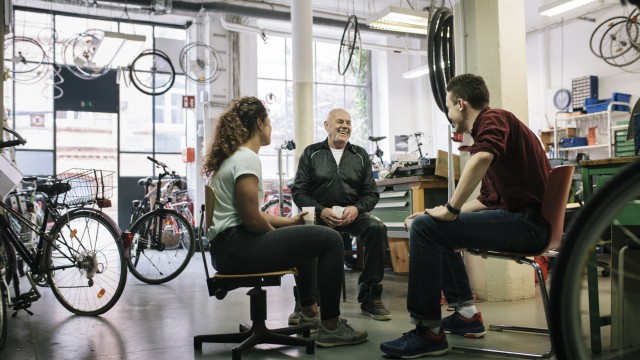
Business School thought leadership
We are committed to being at the forefront of thought leadership by generating ideas that not only advance academic knowledge but also have the power to shape industries and influence global policy. Our researchers, with their specialist knowledge and deep expertise, conduct pioneering research that addresses critical global issues such as sustainability, digital transformation, and social equity, setting a clear agenda for the future of both business and society. Beyond shaping conversations, we actively champion ethical and sustainable solutions, ensuring that our leadership translates into concrete actions with tangible, real-world impacts. By driving these actions, we create lasting change, reinforcing our role as leaders in both thought and action on the world’s most pressing challenges.



















